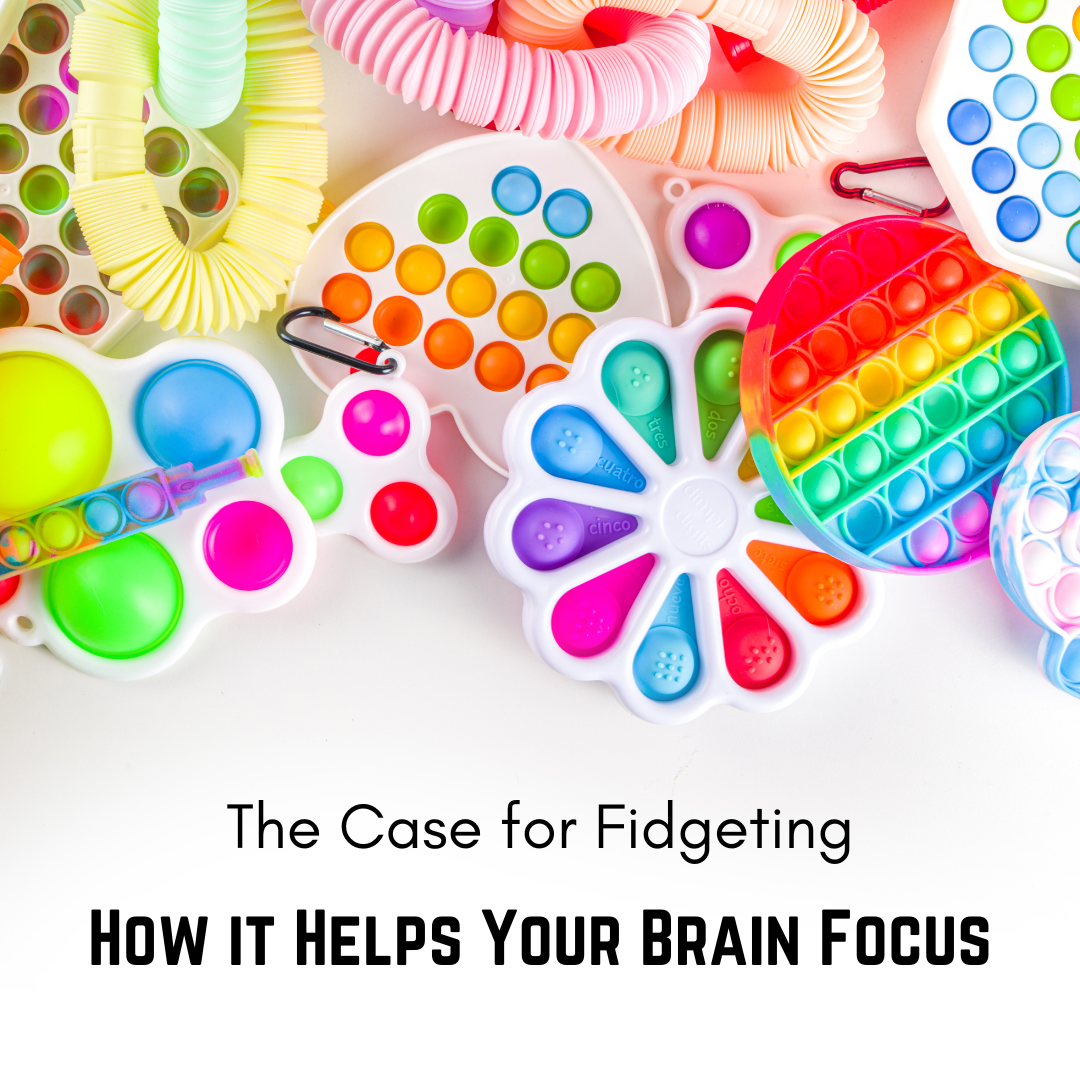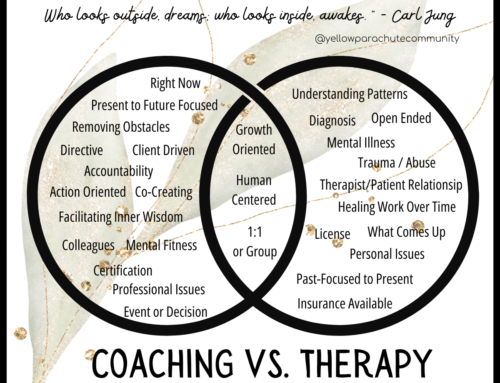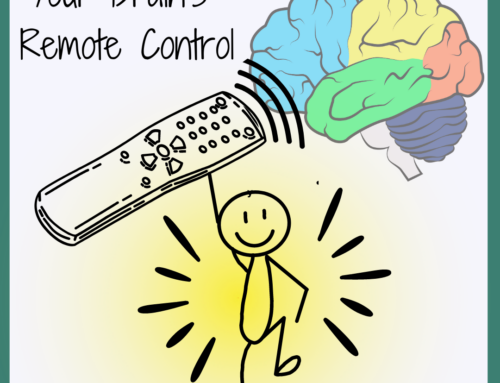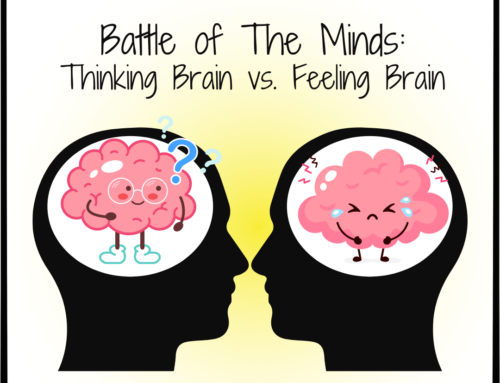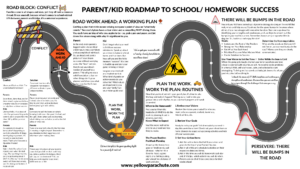Are you looking for ways to sharpen your focus and increase productivity? Research suggests that even small physical activities, like fidgeting, can have a significant impact on the brain’s ability to concentrate and pay attention.
Physical activity, such as fidgeting, can help increase levels of neurotransmitters in the brain that are crucial for focus and attention. By engaging in subtle fidgeting behaviors, you may be able to block out distractions, combat boredom, and enhance your productivity.
The Science of Fidgeting
Scientists who study the brain report increased blood flow in the prefrontal cortex of the brain, which plays a role in decision-making and concentration, while subjects are fidgeting. They have also found evidence to suggest that fidgeting is a movement that relates to the subconscious and may be a movement people do unconsciously, associated with concentration.
Cognitive research suggests that an individual’s fidgeting is related to how stimulated they are. Fidgeting may be something your body does to boost or lower your attention levels, calming you or energizing you. Your brain’s hypothalamus, the part of the brain that regulates many bodily processes, may also be partly responsible for controlling your fidgeting. The hypothalamus is linked to arousal, appetite, and wakefulness.
What is Fidgeting?
Fidgeting can be almost any repetitive movement that you do unintentionally.
Common fidgeting activities include:
- Bounding your legs up and down
- Tapping your foot
- Twirling your hair
- Drumming your fingers or turning a pen over and over in your hands
Embracing Sensory-Motor Activities
Studies have shown that individuals with ADHD may benefit from sensory-motor activities, also known as fidgets. These activities involve doing something mindless while working on a primary task, such as doodling or chewing gum. By incorporating intentional fidgeting into your routine, you can help regulate ADHD symptoms in a constructive way.
Strategies for Effective Fidgeting
To make fidgeting work for you, it’s important to be deliberate in your approach. Encourage your child to explore different fidgets and find what works best for them. Whether it’s walking and talking, doodling, using multi-colored pens, or listening to music, there are various fidgeting techniques to try.
Cultivating Deliberate Fidgeting
Deliberate fidgeting allows you to engage in sensory-motor activities without distracting yourself from the main task at hand. By experimenting with different strategies and being open to new approaches, you can discover the fidgets that help you stay focused and on track in both school and daily life.
Remember, fidgeting is a natural way to enhance attention and productivity, so don’t hesitate to incorporate these strategies into your routine. By embracing the power of fidgets, you can unlock your full potential and improve your overall focus and performance.
Here are eight fidgets worth trying:
- Walk and talk.
When your child gets restless and tunes out an important conversation you’re trying to have with him, try walking and talking. Any non-strenuous activity, like playing catch or doing a jigsaw puzzle together, will also work. This is a powerful strategy for talking over your child’s day or having an important discussion with a partner who has ADHD.
- Doodle.
Encourage your child to draw or write words or numbers when listening to a teacher’s lecture (just make sure he doesn’t doodle on the desk). Doodling will also help you focus when you’re on a long phone call with a client or are in an endless, boring meeting.One study found that people who doodled while having a phone conversation were more likely to remember details of the call than those who didn’t doodle.
- Use multi-colored pens and pencils.
This fidget works well when your child needs to complete an assignment or read for comprehension (he can underline words as he reads). Scented markers may also help.
- Busy your hands.
This facilitates focus when a child is listening, talking, or thinking about how to answer a tough essay question. Fidget toys for school or home include cool-looking pens or pencils, beaded bracelets, paper clips (they bend into interesting shapes and can be linked together), and clothes with interesting textures or doodads. For adults at work, a small, smooth stone — a worry rock — in your pocket will allow you to fiddle without your boss or colleagues knowing. Curling your hair around a finger also works. At home, clients of ours find that either knitting or squeezing a Nerf ball can increase attention.
- Tune in.
Listening to music helps children stay on task when studying, reading, exercising, or even going to sleep. Choose music that is appropriate to the task: a stimulating beat when exercising, calming tunes for sleep, and something in between when studying or reading. At the office, use this strategy on days when you are working at the computer and have little interaction with colleagues.
- Chew gum.
This helps your child when he has to concentrate for an extended period — doing homework or taking a test. Chewing gum in the office is effective when writing a memo or having to slog through a week’s worth of e-mail. If gum is not an option, sucking on a lemon drop or other hard candy will also do the trick.
- Beat the clock.
Set a timer for 20 minutes, and race to get as much done as possible before the alarm goes off. An adult can use this to accomplish any dull chore — doing dishes, paying bills, or picking up around the house. Your child can race the clock when doing worksheets, memorizing vocabulary, or cleaning up his room.
- Stand up or move around.
Talk with the teacher about letting your child stand, at appropriate times, during the school day. A child can do this discreetly at the back of the room or at his desk. Some teachers assign a child two desks, so he can move from one to the other when necessary. Other teachers let restless kids be message runners and send them off on real or invented errands.
If you can’t focus in a meeting at work, use a coffee break or a visit to the washroom as an excuse to stand. If you’re really restless, use a bathroom visit to run up and down a flight of stairs, fast, a few times.
Managing ADHD involves recognizing our choices and taking action. Understanding what is going on in our brains and proactively choosing an appropriate strategy is the essence of the fidget approach.
Yours in the journey,
Cara

